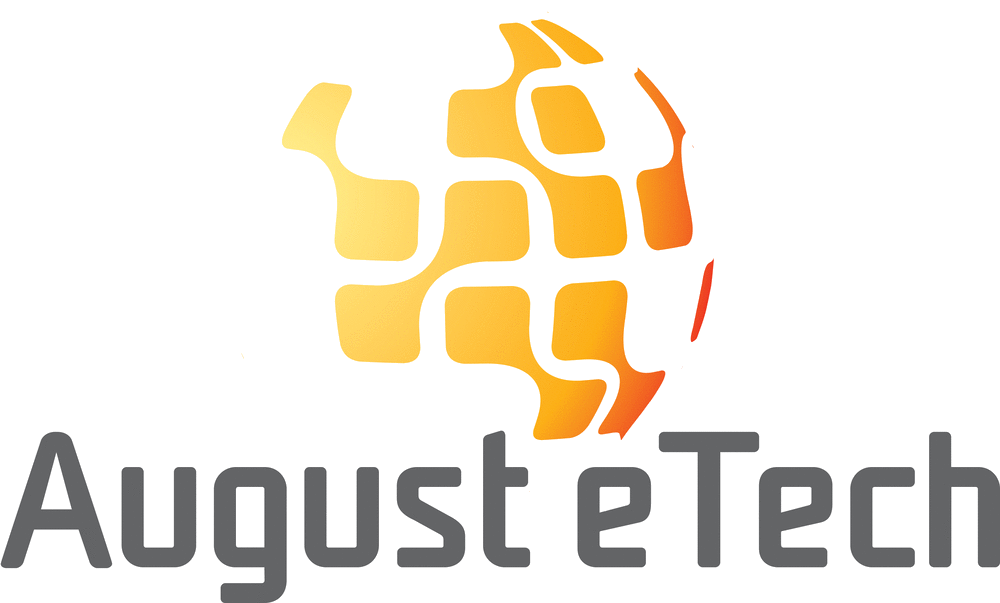Best Practices for Cloud Infrastructure and Governance
To ensure robust, secure, and efficient cloud operations, we adhere to industry best practices:
- Assign Clear Roles and Responsibilities: Build cross-functional teams including IT, security, compliance, and business stakeholders to oversee cloud governance.
- Leverage Infrastructure as Code (IaC): Automate infrastructure provisioning and management for consistency, repeatability, and scalability.
- Continuous Compliance and Security: Integrate security and compliance checks into CI/CD pipelines and monitor for threats and vulnerabilities in real time.
- Cost Optimization: Regularly review resource utilization, eliminate waste, and implement automated policies for cost control.
- Performance Monitoring: Use advanced monitoring tools to track metrics, optimize workloads, and ensure service level objectives are met.
- Disaster Recovery Planning: Design resilient architectures with automated failover and backup mechanisms to minimize downtime and data loss.
- Ongoing Training and Partnering: Stay current with evolving cloud platforms and partner with external experts as needed to fill skill gaps and accelerate innovation!
Tools and Technologies
Always utilize a suite of industry-leading tools for cloud infrastructure management:
Automation & Orchestration: Terraform, Pulumi, AWS CDK, Ansible, Kubernetes
Monitoring & Analytics: Datadog, CloudWatch, Prometheus, Grafana
Cost Management: CloudZero, AWS Cost Explorer, Azure Cost Management
Security & Compliance: AWS Security Hub, Azure Security Center, Prisma Cloud
“Cloud infrastructure management and security is crucial to prevent resource sprawl, control costs, and ensure security configurations are consistently applied. It helps optimize performance, track usage, and automate scaling, ensuring applications run smoothly and efficiently.” August eTech CEO/CIO, Janice Mahlmann

